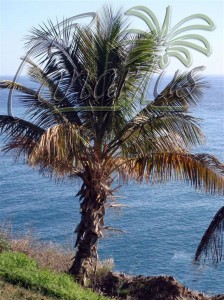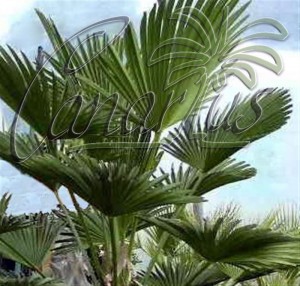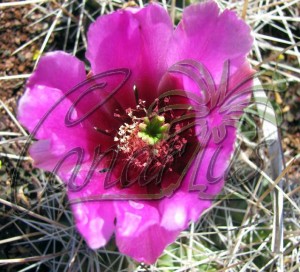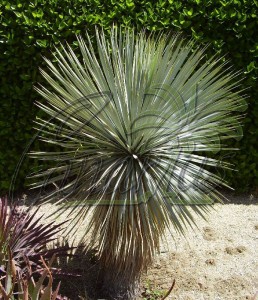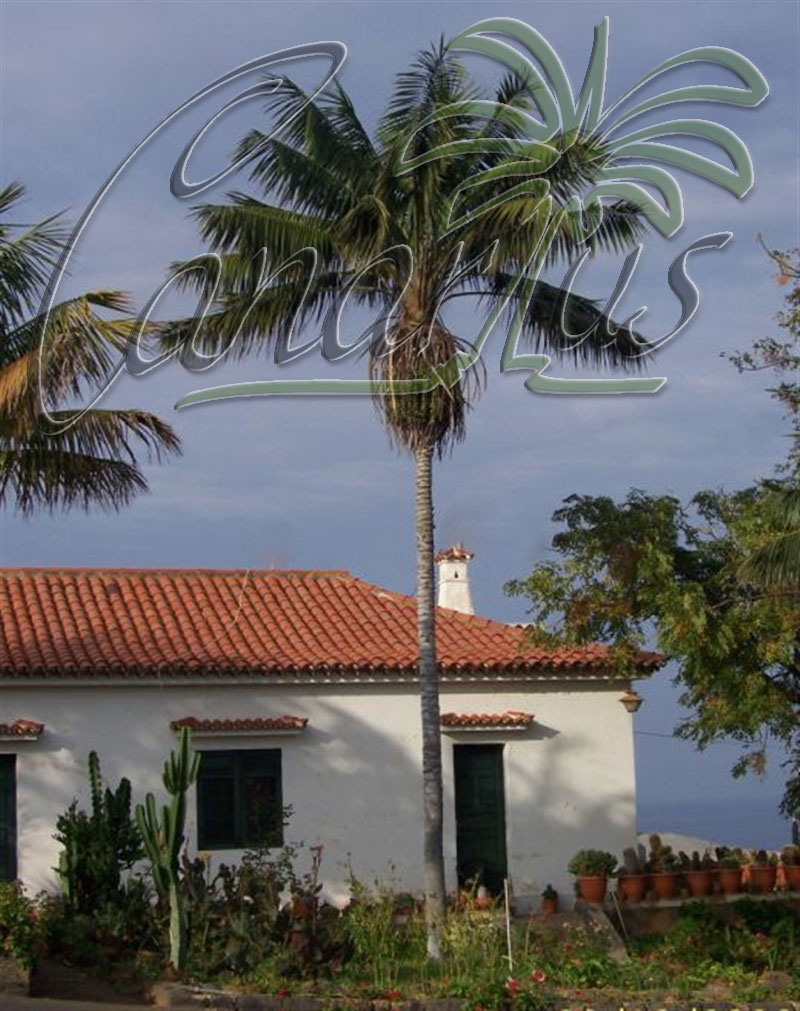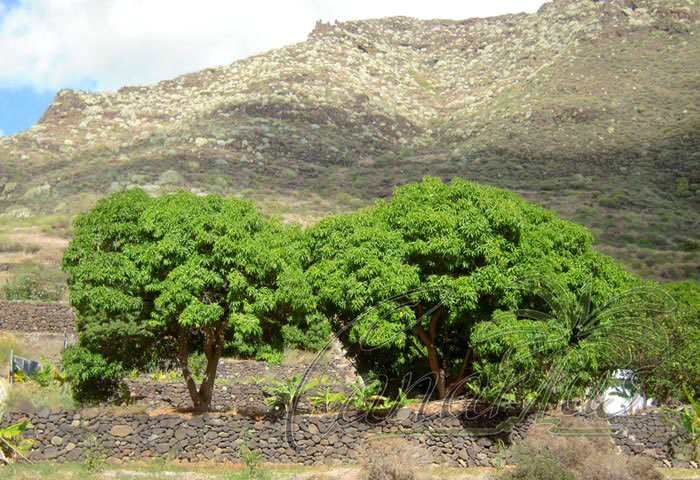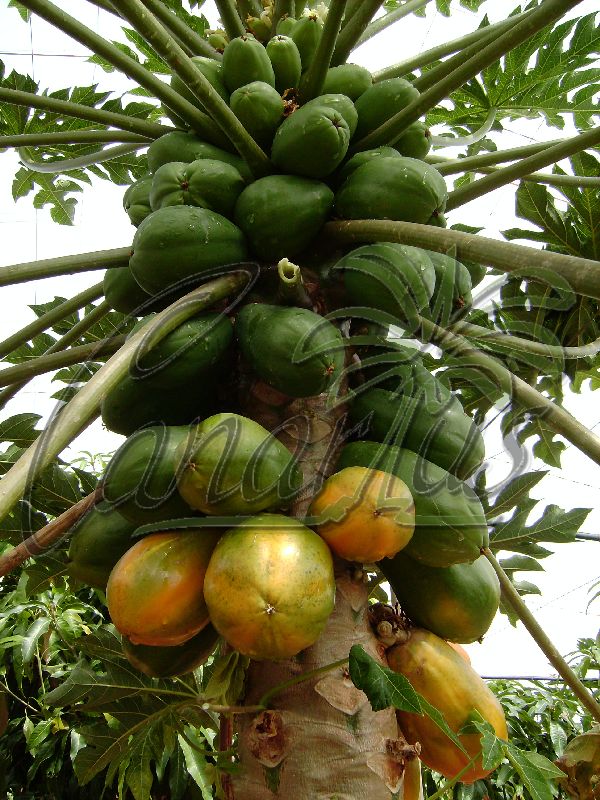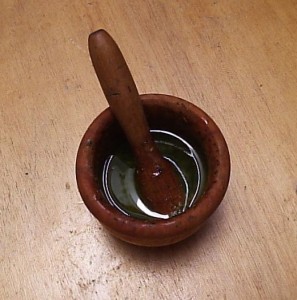Tropical climate is often used in a generic sense for any place that is warm to hot and moist year-round, often with the sense of lush vegetation. However, there are places in the tropics that are much different. Mountains are often cooler and the highest peaks are often snow-capped. Large regions are deserts and semideserts, with abundant heat and minimal rainfall. To be precise, Tropical is any climate within the tropics, located at approximately 23° N latitude (Tropic of Cancer), and 23° S (Tropic of Capricorn).
Tropical plants from lowland rainforests will hardly survive outdoors anywhere in Europe. On the other hand, plants from higher elevation or drier environments will be easier to grow. Plants from the higher, cooler, tropics will need less heat to grow. 20-25 C (68-77 F) will be enough to push new growth on most plants, while plants from the tropical lowlands will need 27-32 C (81-91 F) to resume active growth. High elevations always have cooler nights and higher peaks might experience short freezes. Plants from the mountain tropics make excellent plants for the conservatory. Canarius offers a wide selection of high elevation palms, bromeliads, cycads and Pandanus. Plants from tropical deserts and semideserts can be grown in Europe if they are induced to rest during the long and dark winter months. It is possible to grow cacti anywhere as long as they are kept dry and at a mild temperature above freezing. Shop our store to find Cacti and Succulents, as well as many palm-like species from dry areas, such as Yucca and Dasylirion.
















